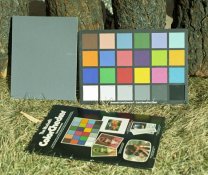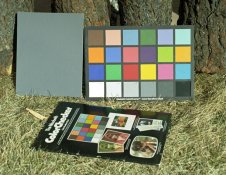There are alternatives that work well. If you like I can e-mail a collection of formulae that work well for me.
The very simplest bleach that I tried and it does work for C-41 is cupric chloride. This bleach was explored by amateurs in the early 1980s for the same reason you are now seeking an alternative. Since cupric chloride is hard to find, there is an alternative that consists of 100g copper sulfate pentahydrate + 100g sodium chloride (iodized table salt is ok) per liter. In the US copper sulfate pentahydrate is sold in hardware stores in crystalline form as a chemical to discourage tree roots in sewer lines and is quite cheap. Sodium chloride is of course found in the kitchen. However, for some formulae (developers) you must not use iodized salt. For such formulae you can use what is sold in the US as canning or kosher salt, but not "sea salt" that has many other mineral components.
Dissolve the two components in hot water and let the solution sit overnight to form about half the concentration of cupric chloride. It will be somewhat cloudy with a precipitate, so after sitting a day, filter the solution with ordinary paper coffee filters, and then use it to bleach. Be certain to follow development with a stop bath (2% acetic acid + 15-20 g sodium sulfite per liter) and a rinse, and then follow the bleach with another rinse before using a non-hardening fixer. The lifetime of this bleach is said to be near-infinite but of course it does gradually exhaust with usage.
The copper bleach is certainly not ideal because you can expect a color shift in comparison with official processing, although the shift is entirely correctable in printing or scanning. Film processed this way is unlikely to achieve the long-term dye stability (whatever that is) produced by the Fe-EDTA bleaches.
Another alternative is a quinone-persulfate bleach that I prefer and use exclusively for E-6 films, and that works quite well for C-41. It has the advantage of using components that are much easier to locate than the standard formulae.
When using any alternative or scratch-mixing your chemistry from a proven formula, be sure to run tests to determine that the results are satisfactory. Take a roll of film of the MacBeth chart, or barring that, of a colorful scene for example a floral arrangement that has plenty of color. Cut off sections of the test roll to process individually to verify results. When testing bleach, fix, or blix formulae, you should follow development with a stop bath and a wash, and then bleach and fix in room light by inspection. Use a rinse in between the bleach and fix steps to reduce the carryover of bleach to the fixer.
You should see bleach and fixers begin working within a minute or two and the action should appear uniformly complete by about half the specified bleach or fixing time (or the time should be regarded as twice what is required for the film to first appear uniformly bleached or fixed).
For both C-41 and E-6 processed manually it is best practice to bleach and fix in separate baths precisely because you want to ensure by inspection that the processing for these steps goes to completion.















